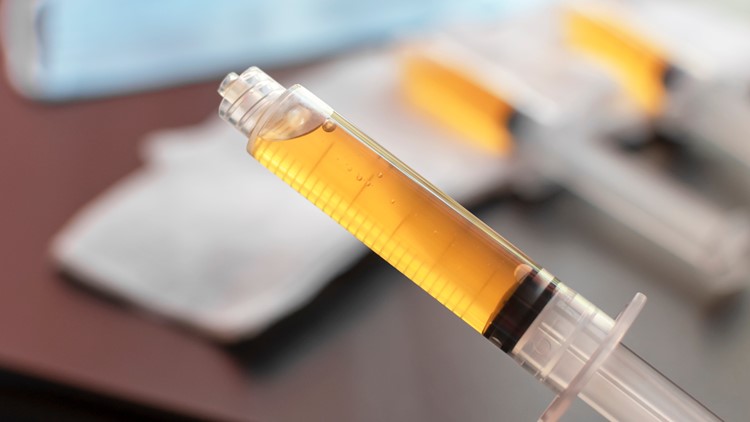WEST COLUMBIA, S.C. — Whether from an injury or the normal wear and tear that accompanies aging, most of us will experience musculoskeletal pain at some point. Sports medicine physician J. Clint Pride, MD, with Lexington Orthopaedics and Sports Medicine, answers our questions about one of the newest treatment options.
What is platelet-rich plasma therapy?
One of the newer and most exciting treatment options for musculoskeletal pain is platelet-rich plasma therapy. While this technology has existed for 10 to 15 years, PRP therapy has gained wide acceptance in the past five years.
Platelet-rich plasma (PRP) therapy involves drawing a patient's blood and separating the blood into different components. Then, we concentrate the patient's platelets, which have growth factors, proteins and cytokines responsible for self-healing, and re-inject them into the damaged tissue. In this way, PRP injections use each patient's own healing system to improve the healing of injured tendons, ligaments, muscles and joints.
What conditions are treated with PRP therapy?
This therapy can effectively treat musculoskeletal pain throughout the body from the following conditions:
- Arthritis
- Chronic tendinopathy
- Ligament sprains
- Some muscular strains
What are the advantages of PRP therapy versus anti-inflammatory medications?
Since PRP uses your body's own cells, there is little risk of adverse or allergic reactions. Also, anti-inflammatory medications like ibuprofen and naproxen can be hard on the stomach, so we avoid long-term use of these medications.


